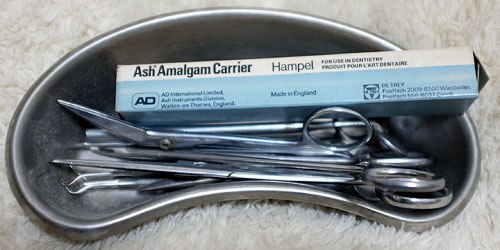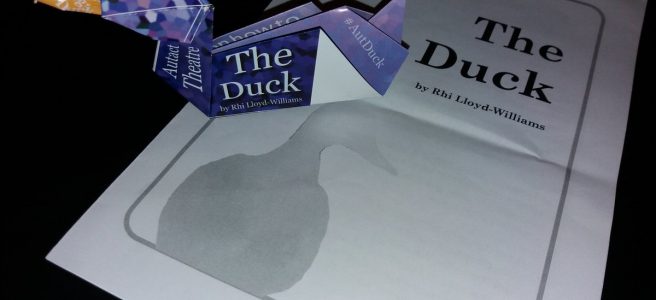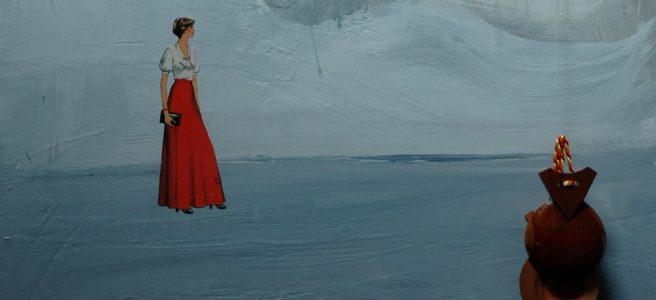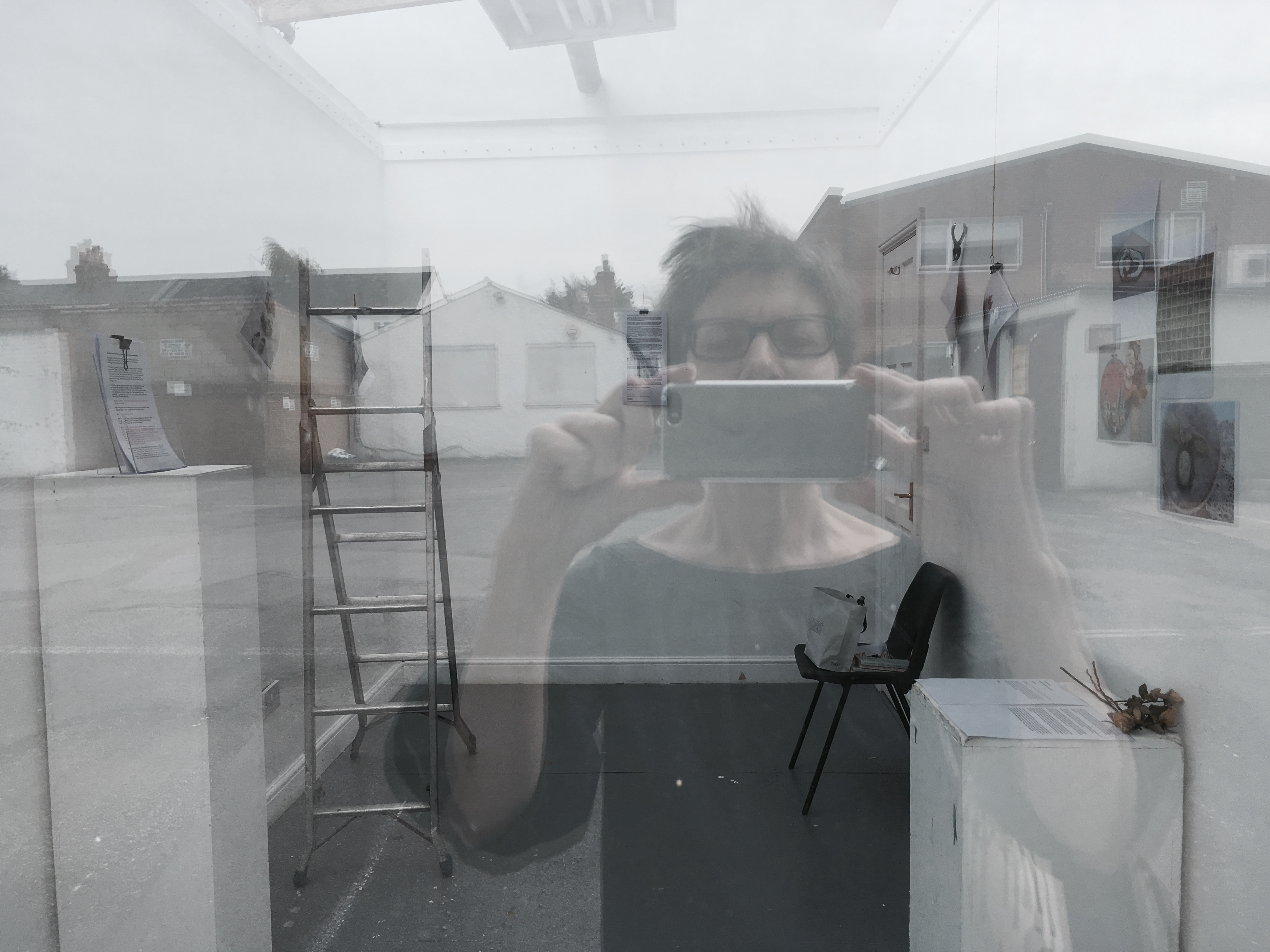Network ableism is an under explored topic. Sonia Boué has written a new blog post about autistic artists and the problems of networking in neurotypical systems. Encountering ableism in the Arts Council funding system she seeks to uncover serious inequities in the application process. First published on The Other Side.
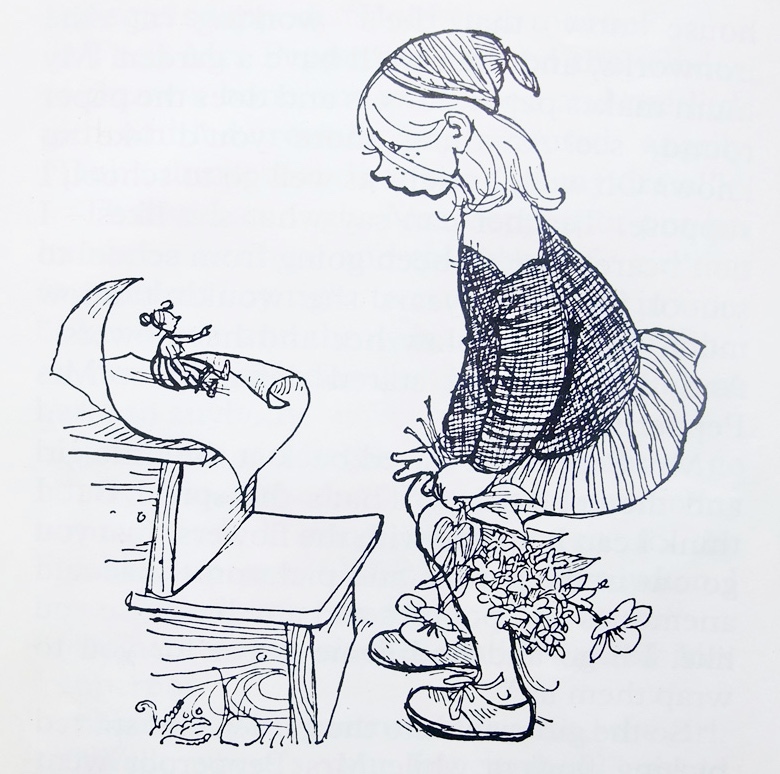
My name is Sonia Boué and I’m an autistic artist. I’ve had a lot of luck in my career lately – which has largely come about using my own autistic methods and working with two truly wonderful mentors. On the face of it I look pretty networked in, but most of my opportunities have come from sharing my work and ideas online. At the end of each project I have to start from scratch, and I have no idea how to ‘use my contacts’ or network neurotypically. The sheer scale of the social labour involved in networking neurotypically is beyond me. This is why I have created a new kind of network called WEBworks, which is autistic in conception and in all it’s various manifestations. It’s for autistic artists and has a focus on professional development and creating access to opportunity. It’s a small pilot project – manageable and yet ambitious. It’s about empowering us all to become more visible and gain parity in the arts.
People are probably attracted to my work because of the intense autistic focus I am able to give to it – my attention is directed at what I do and not who I know.
So it’s been a jolt, and a hugely painful experience to be told by someone from Arts Council England at a recent conference (in a room full of professionals) to just “get networked in.”
Invisible disability is a box you can tick on a funding form to indicate who might benefit from your project, but it remains invisible in terms of just who might be present in a room full of professional people all grappling with the diminishing funding pot in the arts.
Autistic people are invisible as players. We’re so invisible that I’ve unearthed a major inequity in the funding requirements for those like me who aspire to be players. You see, I need big funding for my project, which includes support for WEBworks. Under present funding rules I need to prove why I can’t compete on a level playing field to match fund my project – and make the case that disabled people should not have to match fund their own access needs (and in my case that of my autistic colleagues). Perhaps no-one has thought of this, because no-one like me has ever applied to be a player?
I made a largely sound based video about this funding anomaly if you’d like to know more.
When I found myself quite by accident at an ACE funding surgery in my local area and brought up the possible problems with match funding for disabled people in general – I was told this would have to be proved. If you just have a foot missing we wouldn’t be convinced.
I let this ableist comment go at the time, but made a mental note – this person needs training – and I (and all my autistic colleagues) hold much of the the missing knowledge.
A missing foot (if you will call it thus) could imply almost any level of impact in a person’s life (invisible disability such as PTSD, chronic pain, fatigue…we just don’t know and shouldn’t assume) which could affect their ability to raise the signifiant sums of match funding required if they are also not networked in. We’re not talking peanuts, we’re talking resource rich networks from whom signifiant favours can be drawn into a project – for which you have to be resource rich yourself to earn them (in ways I, and those like me just can’t be).
I shouldn’t really be blogging. I have my Arts Council application to finish, but this is way too important not to bring to light.
You see something profoundly (if unwittingly) ableist just happened to me, so aspects of Arts Council England’s disabling funding system have literally fallen into place.
I tried to speak about access in the system at a recent arts conference where Arts Council representatives were present.
For context, I rarely go to arts conferences because I find them inaccessible and they often don’t tend to speak to my experience. I don’t generally go about with a large ‘A’ stuck to my forehead, or a, hey, I’m autistic! t-shirt on either. In fairness not many people knew my status (though I did make a point of telling everyone I spoke to). If I go again – as I now feel I must – I will break all my own sartorial rules and wear the t-shirt (with flashing lights if needs be).
But when I raised what I consider to be a very real problem of access I have myself encountered and blogged about on the a-n blog site, I was just not taken seriously by the Arts Council representative. In the time it’s taken me to cut and past this link I’ve received a comment from another artist. I know I was speaking for many.
“Yes, yes, YES! Keep going! I didn’t know there were diversity officers. Thank you for writing about this.”
Yet when I did speak up I was assured that everyone could have access to this particular service – just like that!
One person who heads a National Portfolio Organisation agreed. We have a regular meeting where you can talk to an Arts Council relationship manager (people who hold key information and can help with an application process) – as though I should perhaps have known about it.
Like the Alf Prøysen character in the illustration above, I immediately shrank to the size of a pepperpot! But something made me go on (I’m autistically stubborn and all about justice).
But you have to be networked in to have this access, I pointed out, without stopping to reflect that this might seem rude. I was contradicting someone who had (oh to hell with it) contradicted me. As I look back on it now – they were essentially making my point for me.
Well, get networked in! the Arts Council rep replied, as though this were the easiest (and most equitable) thing in the world. That appeared to be the end of my ‘non-point’. I was to join the NPO groups’ monthly meetings, job done.
I felt the room close in on me. I had both humiliated myself and been silenced.
In the break that followed, there was no processing time. One kind person offered to send details of the NPO group meetings, and another told me they too had struggled to get access to a relationship manager.
Then darkness – a film presentation to end the day. An unexpected event. Tears rolled suddenly down my face. Have you noticed how obvious tear wiping can be – so much rustling and grabbing for tissues, and elbows wiggling as you surreptitiously dab at your eyes. I let them roll.
But why tears? People had been nice to me, and the moment had passed.
I cried because the film was just so beautiful. Broken lives were being made whole again through the arts. I cried because I had been disabled by taking a risk and speaking out. The profound silencing of autistic people is historic and deeply painful within each one of us.
I want to talk to all the regional directors of Arts Council England. I want to talk to thedirector. I would like to tell them about our struggle, and the bias of their systems.
I want them to know how art redeems every aspect of my life and keep me connected. That I and others like me have so much to give – that we can be players if the playing field is levelled. What’s more we bring authenticity to the table. Truth is that Arts Council need us as much as we need it.
I’m not networked in, I will probably never be so in a recognisably neurotypical way. I rely on people to ‘get’ me and meet me half way. What interests me is how to make the system open and fair.
I want people at the very top of the organisation I apply to funding for to know how hard it was for me to stay in the room at this conference. How hard I have to work to be present, and what it took for me to raise my voice. So here goes.
One of the presentations just goes on and on. Everyone in the room is loving it I think, but the stage lighting sends an never-ending series of blows across my retina. I’m sitting too close to the stage. And the voices won’t stop. So many voices.
I’m caught by surprise. This shouldn’t happen now – the conference is in its opening stages and I have all day to manage. I struggle to find a strategy or any kind of relief. I begin to wriggle in my chair conscious that I mustn’t do this too much or someone will notice. Surely it will stop soon I think, so I try to hang on. But no, it just carries on and on.
I dig into my bag for the the soft tangle brush I sometimes use to rub across my palms to regulate the build-up tension, but by now I’m honestly near screaming point – the option of screaming occurs to me but I fully understand this would break an unbreakable rule. I realise after the event that the voices were too loud – the mics were set at the wrong level for someone with my sensory issues sitting so close to the front of this theatre space – I receive information from the sound system which others can filter out. I’m desperate but rooted to my chair. The brush is as effective as a wet sponge. I dig it into my palms but it may as well be in my bag for all the good it does me. The voices just won’t stop – I close my eyes but not for long. Drawing attention to myself is the last thing I want to do. As the presentation draws to close I suddenly remember to pinch my skin under my sleeve and I step out of the storm.
The lighting shifts again and we’re brought back into a room I can regulate myself in more easily. I can appear ‘normal’. There is no visible sign of my distress or the energy it took for me to survive this level of unexpected sensory onslaught. I’ll know in future to sit at the back with easy access to an exit.
I want everyone at Arts Council England to know that telling anyone who begins a conversation by saying that they have struggled with access (in any context and for any reason) to get networked in, is simply not equitable. And I’m sorry, but for invisible disability it’s like telling a wheelchair user to grow a leg.
If you listen bottom up to authentic voices you’ll also discover why not everyone can just speak to a relationship manager.
It’s time for social currency (and who’s got it) to rise up the Arts Council diversity agenda.
An Arts Council award can be a profoundly life changing event in the professional life of an artist. This is what I want for all the artists who are involved in WEBworks.
In fact, I might just attach this blog post to my application. Why not – it sums up the need for my project perfectly.
Like this:
Like Loading...


